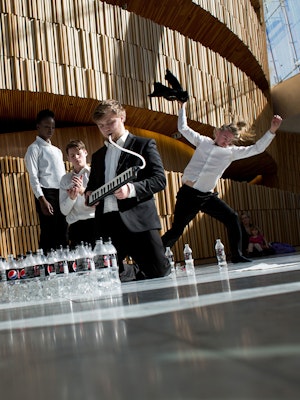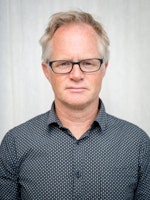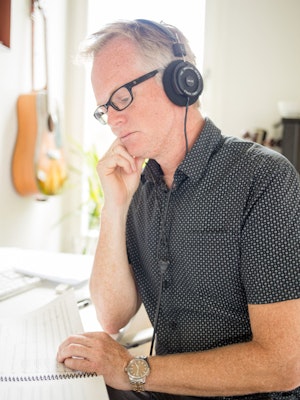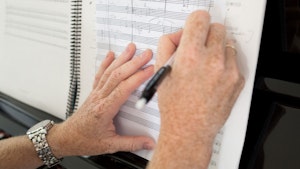“I made so many mistakes. Stupid blunders which I later thought it must be possible to make before graduating.”
Henrik Hellstenius’s work embraces opera, dance, theatre, visual art, orchestral and solo works, electronic music and video work. For the most part this experience of his, which has been hard come by, is about the encounter with other forms of arts. The professor is passionate, therefore, to have his students exposed to art forms other than his own while still studying. He feels it is important to show that the composition studies at the Norwegian Academy of Music (NMH) involve rather more than just composing.
“We need to ask ourselves whether we at NMH can talk about the concept of art. It’s problematic for many people: are we training artists or training craftsmen? People get uncomfortable whenever I broach the subject, but it’s a discussion we need to have,” Hellstenius believes.
Why?
“It’s about the way you relate to the art world, which musicians and composers are part of,” the composer and professor feels.
“When I’m working with other educational establishments, like the Oslo National Academy of the Arts (KHiO), this is not an issue; among musicians it’s a much more fuzzy issue. Musicians can exist in their own bubble. All branches of art have their bubble, but ours is even more isolated because we have a huge set-up with early educational facilities, concert halls, orchestras, ensembles and festivals. As a result, we can live in the bubble without relating to the world of art going on around us.”



